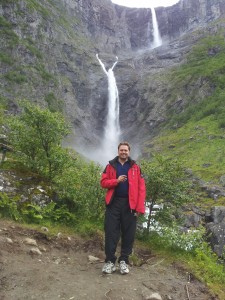Recently I added a HKPS pool to sks-keyservers.net , and in that process I'm validating the SKS keyservers SSL/TLS certificates versus my own Certificate Authority, so only servers with certificates signed by myself are included. This ensure a subjectAltName for the appropriate host, in order to avoid certificate failures. So far so good.
Some servers for various reasons need to have another certificate installed signed by another authority. In order for this to be handled properly, Server Name Indication is used to properly map the request with the virtual host and the certificate to present to the client.
My crawler use curl as the basis for the requests, and as I connect using the hostname found in server-discovery, it use the HTTP Host: header for the pool. The issue with vanilla curl, is however, that there is no way to manually set the SNI hostname to use, and it will default to the hostname of the request.
As such I added a patch that will use the Host header presented instead. I'm adding it here in case it is useful for anyone else.



